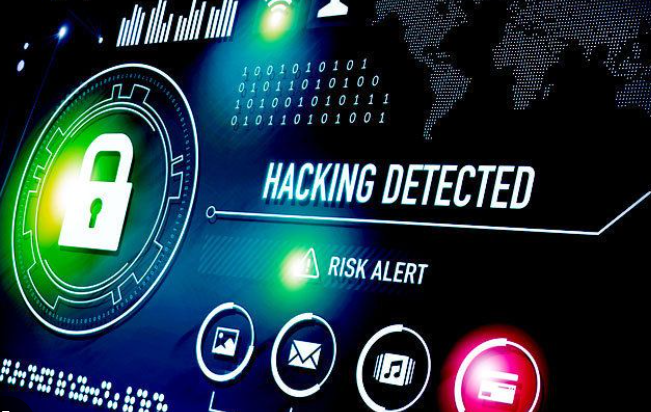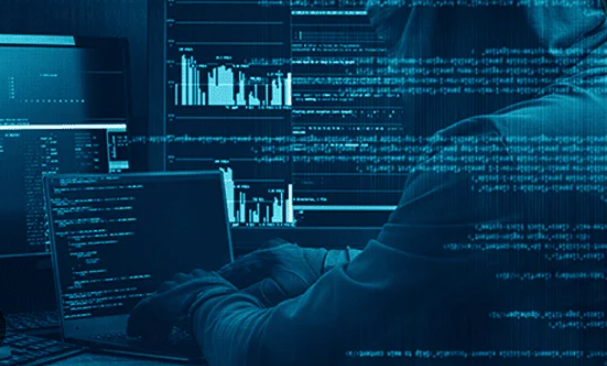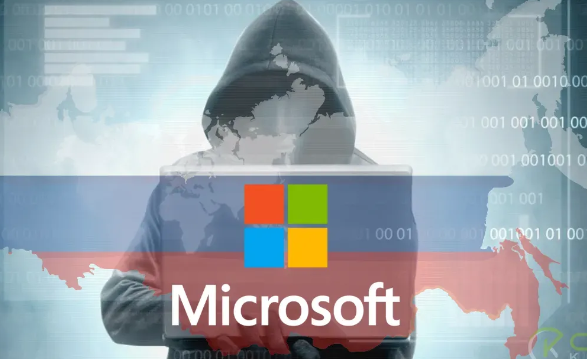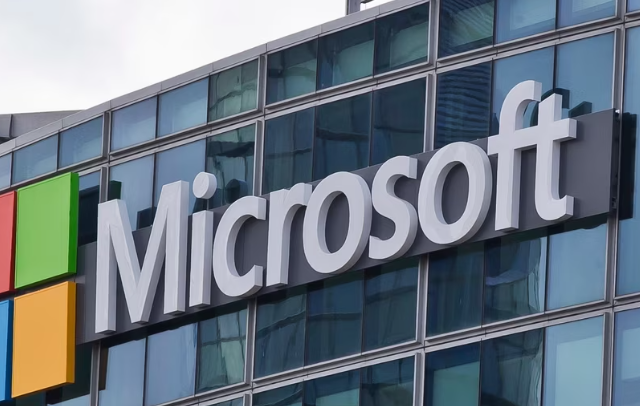
Microsoft Issues Urgent Alert on Resilience Against Russian-Sponsored Hacking Threats
Microsoft Alerts Organizations of Resilience Against Russian-Sponsored Hacking Threat
Microsoft Corporation has taken proactive measures to alert organizations of potential security threats posed by the Russian-sponsored group, Midnight Blizzard, known also as Cozy Bear. In a recent blog post, Microsoft’s Threat Intelligence team confirmed the identification of Midnight Blizzard as the entity responsible for targeting not only Microsoft but also other organizations. The software giant has initiated notification processes to inform these targeted entities of the potential risks they face.

This disclosure marks a significant Microsoft development, indicating that Midnight Blizzard’s nefarious activities have extended beyond Microsoft’s purview. The breach reported by Hewlett Packard Enterprise Co. further underscores the group’s widespread impact, with the cloud-based email system of the technology company falling victim to Midnight Blizzard’s tactics.
Microsoft’s recent revelation sheds light on the group’s modus operandi. The initial compromise involved accessing a “legacy non-production test tenant account,” which served as a gateway for infiltrating a limited number of email accounts. Among the compromised accounts were those belonging to senior leadership and personnel specializing in cybersecurity and legal matters. Initially targeting information related to Midnight Blizzard itself, the hackers exploited vulnerabilities such as the absence of multifactor authentication in the initial email account, a critical security oversight.
Hewlett Packard Enterprise Co. disclosed its own encounter with a nation-state hacking group, suspected to be Midnight Blizzard, on December 12th. The breach involved unauthorized access to HPE’s email systems, with data infiltration believed to have commenced as early as May. Specifically, the hackers targeted a subset of HPE mailboxes, predominantly those associated with cybersecurity and related domains.

The attribution of these cyber intrusions to Russia underscores the ongoing concerns surrounding state-sponsored cyber threats. Midnight Blizzard, also known as Nobelium, has previously been implicated in high-profile cyber-espionage campaigns, including the breach of SolarWinds Corp., which had far-reaching implications for several federal agencies.
These incidents serve as stark reminders of the evolving cyber landscape and the critical need for robust cybersecurity measures. As organizations grapple with increasingly sophisticated threats, collaboration between the public and private sectors becomes paramount. Timely disclosures, enhanced security protocols, and proactive threat intelligence sharing are imperative in mitigating the risks posed by state-sponsored hacking groups like Midnight Blizzard.

In response to these challenges, stakeholders must prioritize investments in cybersecurity infrastructure, including the implementation of multifactor authentication and regular security audits. Furthermore, fostering a culture of cybersecurity awareness among employees is crucial in thwarting social engineering attacks and safeguarding sensitive data.
Ultimately, the collective vigilance and concerted efforts of organizations, technology providers, and government agencies are essential in defending against the ever-evolving threat landscape. By remaining vigilant and proactive, stakeholders can fortify their defenses and mitigate the risks posed by sophisticated cyber adversaries like Midnight Blizzard.
In the wake of these cyber intrusions, it’s evident that the cybersecurity landscape is evolving rapidly, presenting a formidable challenge to organizations worldwide. The interconnected nature of modern technology means that the impacts of such breaches can reverberate across industries and geographies, underscoring the urgent need for a coordinated response.
First and foremost, organizations must prioritize cybersecurity as a fundamental aspect of their operations. This entails investing in robust defense mechanisms, such as advanced threat detection systems, encryption protocols, and regular security audits. Additionally, the adoption of best practices, such as multifactor authentication and employee training programs, can significantly enhance resilience against cyber threats.
Moreover, collaboration between the public and private sectors is essential in combating sophisticated cyber adversaries. Information sharing initiatives, such as threat intelligence exchanges and joint cybersecurity exercises, can help stakeholders stay ahead of emerging threats and vulnerabilities. By pooling resources and expertise, governments, industry associations, and technology providers can collectively strengthen cyber defenses and mitigate the risks posed by state-sponsored hacking groups.
For the latest updates-click here.


